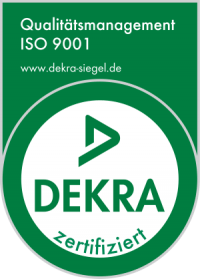Laboratory
In-line Process Instruments
Industries & Applications
In-house Services
Product Support
Educational

High-quality laboratory instruments, process analytical systems and automation solutions.
Ensuring your product’s highest quality standard since 1864.
